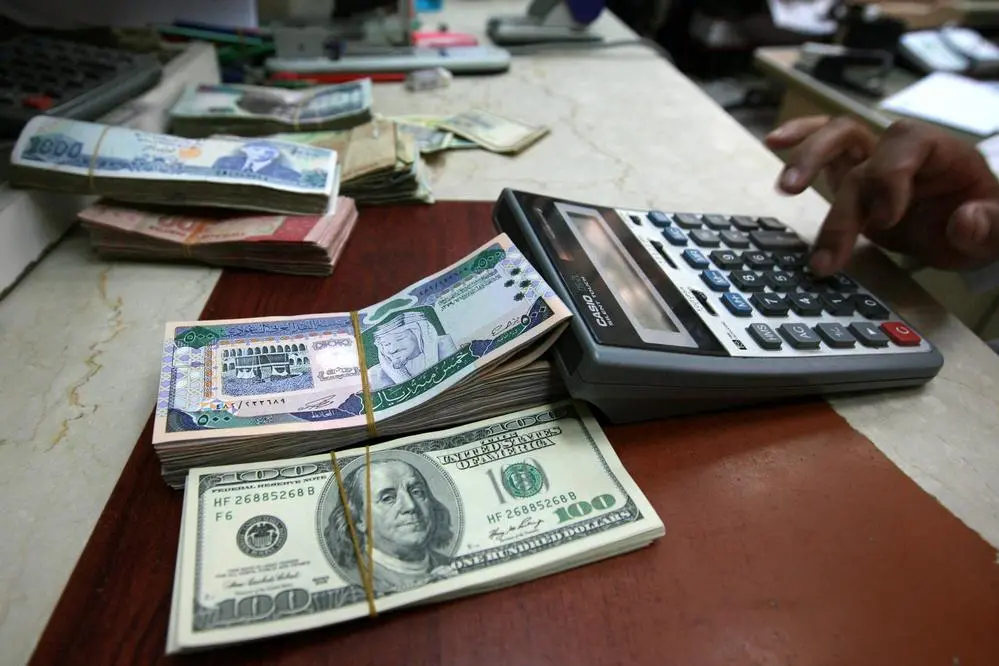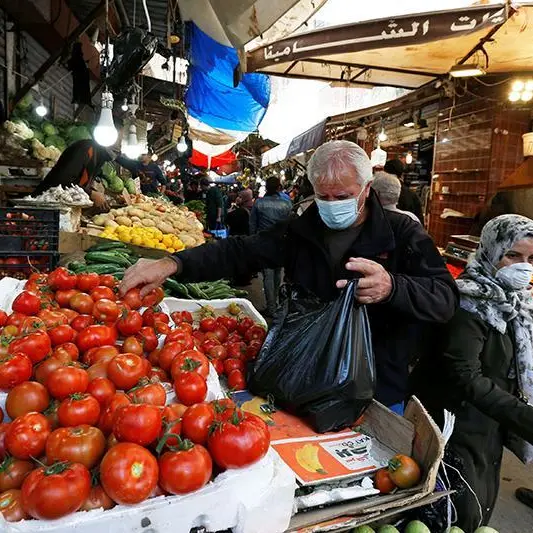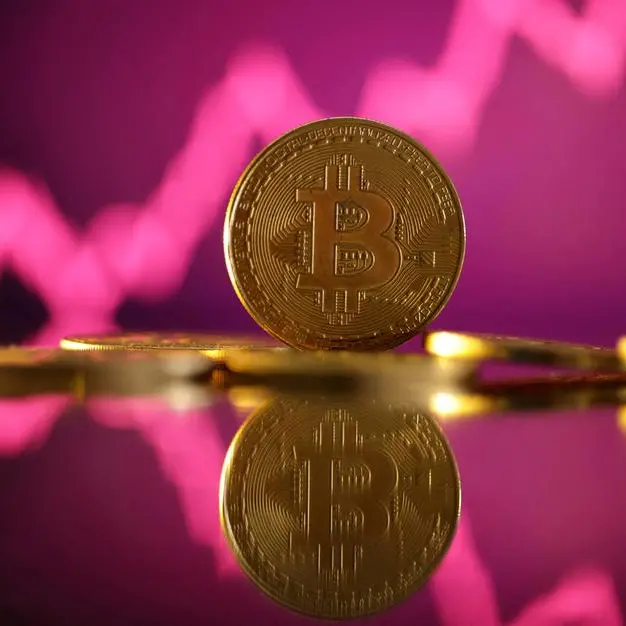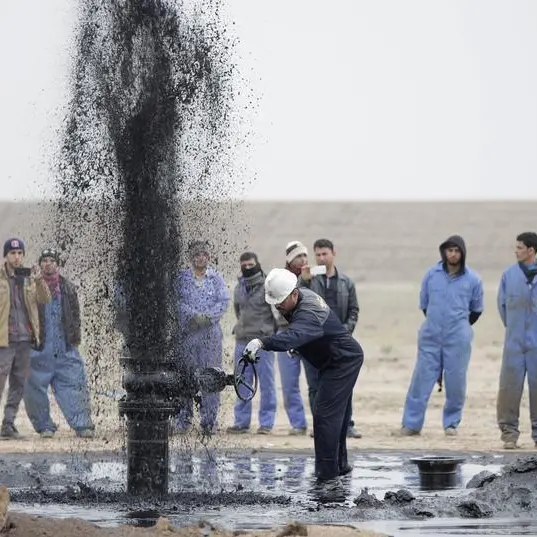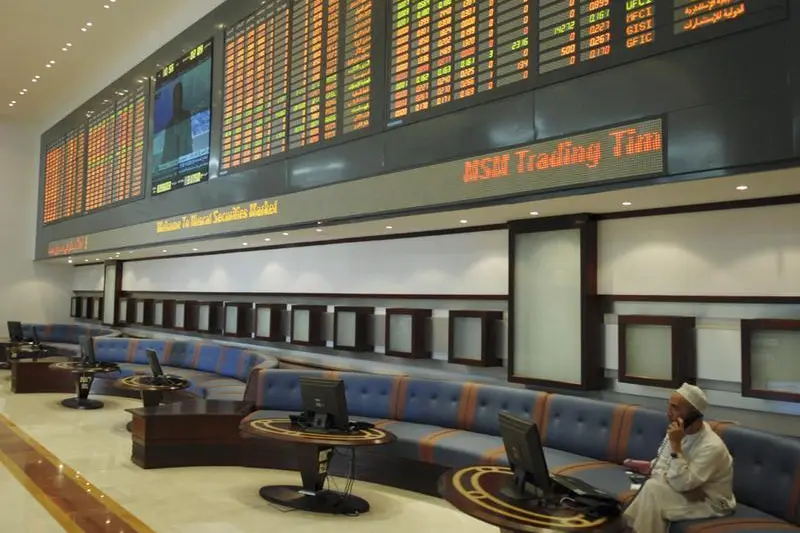PHOTO
01 November 2016
JEDDAH: Analysts at Bank of America Merrill Lynch expect the riyal-US dollar peg to hold given the still sizeable foreign assets and the Kingdom’s experience with implementing multi-year fiscal adjustments.
“We expect energy policy to shift toward putting a floor under oil prices,” Jean-Michel Saliba of Bank of America Merrill Lynch commented in an analysis issued after Saudi Arabia raised $17.5 billion in the biggest bond sale ever by an Emerging Market country.
The government raised more funds, and at the relatively tighter end of the pricing range. This is unlikely to be a one-off and we expect regular, large, external issuance in 2017, the monthly report added.
The external bond sale should allow lower domestic bond sales over next two to three months or so, according to the report.
Nearly all of the bonds placed this year domestically were bought by domestic banks. So, as long as external bond issuance acts as a substitute to domestic bond issuance, it should help to gradually ease domestic liquidity and have a positive knock-on effect on Saudi rates, said the report.
This would be particularly the case if the government starts repaying its arrears to contractors, it said.
The Bank of America Merrill Lynch report added: “According to Bloomberg, some contractors were told 30 percent-40 percent of the outstanding dues would be paid by year-end, with the remainder to be settled in 2017. We have estimated the range of unpaid capex for 2015 to be SR23 billion-SR100 billion ($6 billion-$27 billion or 1- 4.3 percent of 2015 GDP). As such, 30 percent of the mid-range of estimated arrears would amount to $5.7 billion, which would help ease liquidity to the extent it is not used to deleverage, in our view.”
The report added: “We think an oil price floor and potentially higher oil prices on the back of the Organization of the Petroleum Exporting Countries (OPEC) deal could ease Saudi Arabia fiscal strains, slow down the drain in Fx reserves and support plans for external debt issuance.”
The research team said that the deal also confirms its view that energy policy is turning less aggressive to ease the ongoing macro adjustment.
The report said: “Saudi Arabia’s decision reflects, in our view: a) increased macro strains; b) its desire for energy market stability; and, c) increased coordination with the rest of OPEC.”
The OPEC decision opens the door for greater management of the oil market, at least through setting a floor, but we interpret the outcome as more of a crisis management tool to bring forward the tightening in the supply-demand dynamics.
The researchers added: “We expect the bulk of the cuts to fall on Saudi Arabia. It is useful to recall sensitivities at this point. Every 250,000 barrel per day cuts real GDP growth by 0.7ppt and increases fiscal breakeven oil price by $2.5 per barrel.
“In the near term, we expect the output cut to be revenue-positive in the budget. As such, a likely sustained oil price response above the revenue-neutral level of $2-$2.5 per barrel would support the budget.
“However, the cuts could be revenue-negative in the medium-term if market supply and demand adjust adversely and impact the oil price negatively,” said the report.
JEDDAH: Analysts at Bank of America Merrill Lynch expect the riyal-US dollar peg to hold given the still sizeable foreign assets and the Kingdom’s experience with implementing multi-year fiscal adjustments.
“We expect energy policy to shift toward putting a floor under oil prices,” Jean-Michel Saliba of Bank of America Merrill Lynch commented in an analysis issued after Saudi Arabia raised $17.5 billion in the biggest bond sale ever by an Emerging Market country.
The government raised more funds, and at the relatively tighter end of the pricing range. This is unlikely to be a one-off and we expect regular, large, external issuance in 2017, the monthly report added.
The external bond sale should allow lower domestic bond sales over next two to three months or so, according to the report.
Nearly all of the bonds placed this year domestically were bought by domestic banks. So, as long as external bond issuance acts as a substitute to domestic bond issuance, it should help to gradually ease domestic liquidity and have a positive knock-on effect on Saudi rates, said the report.
This would be particularly the case if the government starts repaying its arrears to contractors, it said.
The Bank of America Merrill Lynch report added: “According to Bloomberg, some contractors were told 30 percent-40 percent of the outstanding dues would be paid by year-end, with the remainder to be settled in 2017. We have estimated the range of unpaid capex for 2015 to be SR23 billion-SR100 billion ($6 billion-$27 billion or 1- 4.3 percent of 2015 GDP). As such, 30 percent of the mid-range of estimated arrears would amount to $5.7 billion, which would help ease liquidity to the extent it is not used to deleverage, in our view.”
The report added: “We think an oil price floor and potentially higher oil prices on the back of the Organization of the Petroleum Exporting Countries (OPEC) deal could ease Saudi Arabia fiscal strains, slow down the drain in Fx reserves and support plans for external debt issuance.”
The research team said that the deal also confirms its view that energy policy is turning less aggressive to ease the ongoing macro adjustment.
The report said: “Saudi Arabia’s decision reflects, in our view: a) increased macro strains; b) its desire for energy market stability; and, c) increased coordination with the rest of OPEC.”
The OPEC decision opens the door for greater management of the oil market, at least through setting a floor, but we interpret the outcome as more of a crisis management tool to bring forward the tightening in the supply-demand dynamics.
The researchers added: “We expect the bulk of the cuts to fall on Saudi Arabia. It is useful to recall sensitivities at this point. Every 250,000 barrel per day cuts real GDP growth by 0.7ppt and increases fiscal breakeven oil price by $2.5 per barrel.
“In the near term, we expect the output cut to be revenue-positive in the budget. As such, a likely sustained oil price response above the revenue-neutral level of $2-$2.5 per barrel would support the budget.
“However, the cuts could be revenue-negative in the medium-term if market supply and demand adjust adversely and impact the oil price negatively,” said the report.
© Arab News 2016
